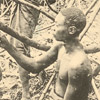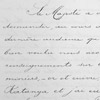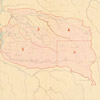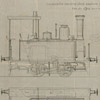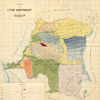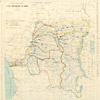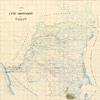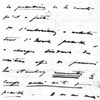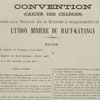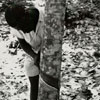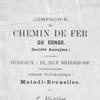Exploration, exploitation
The stations set up by Stanley hardly sufficed to keep the newly founded state alive. Expansion became necessary. Yet Leopold II had but a very narrow margin when he negotiated with the European Great Powers. In order to be ahead of the other colonial Great Powers and to assess and organise the value and richness of his newly acquired property, the sovereign sent numerous expeditions to the country. But the Belgians were not the only ones exploring the heart of Africa. German, British and Italian explorers also travelled on the different rivers to discover the land. This way, the boundaries and mineral wealth of Katanga were mapped by the Bia-Francqui expedition. In a first instance, Leopold II aimed at the rubber and ivory business in order to finance his African endeavour. Until 1895 the whole affair was rather a bottomless pit. To avoid having to turn time and again to the Belgian government, the sovereign decided to take a different path: All unprocessed grounds were declared state property and conceded to large businesses. The sovereign kept a domain for himself that spread over two thirds of the Congo Free State, from which he drew his personal profits. The population had to do forced labour and reach fixed quotas under punishment of whipping, mutilation or death. At the beginning of the 20th century, rubber and ivory made way for the new resources copper, gold and diamonds.

